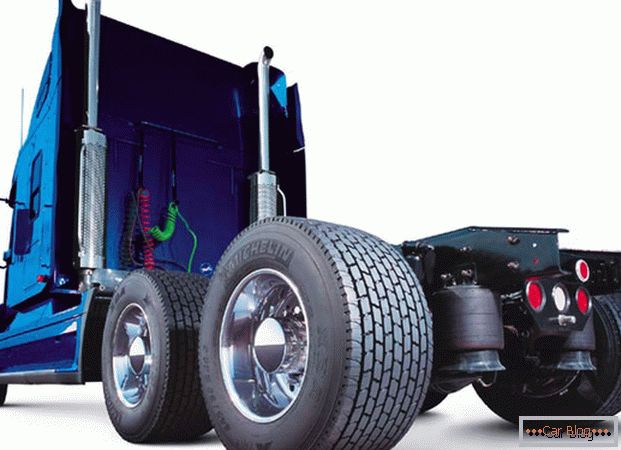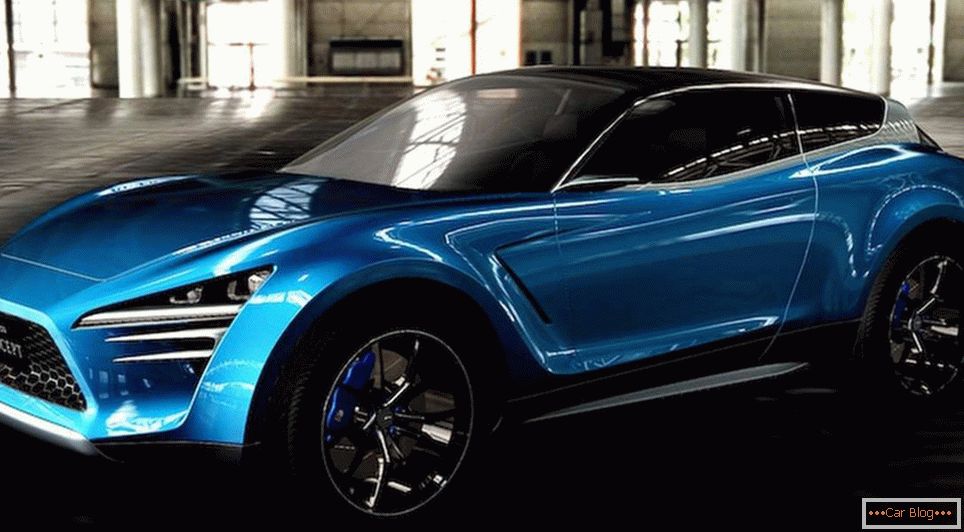>
It is necessary to approach the choice of engine oil very carefully and carefully. The quality, duration and efficiency of your car’s engine depend on this fluid. However, not everyone knows how to choose the right engine oils, what they are, and what this or that classification means. In order to prevent mistakes when buying a lubricant, we suggest filling in some gaps in your knowledge. This will allow you to always provide the engine with only the oil that really suits him.
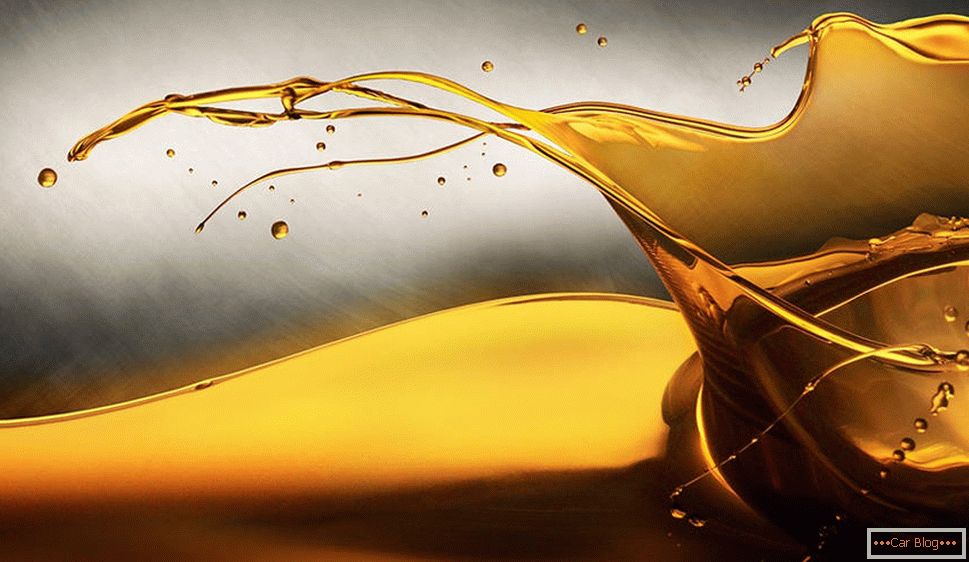
Rules for the selection of motor oil.
Читать далее про то как правильно выбрать моторное масло-->
How to choose
Experts usually identify several basic recommendations regarding the choice of oil for the engine. They are really useful and relevant.
- Automaker approvals. Start with the service book of your car, where the manufacturer clearly indicates which oil should be used for a particular car with an installed engine. If there is no book, contact your authorized dealer or parts supplier. Usually the data is given in the form of a code with numbers and letter symbols. What is hidden under them, you will find out today.
- Old oil. Since you have to change the lubricant, it is highly recommended to know what was filled before. If the car is bought on the secondary market, ask this question to the previous owner. If you have changed the oil, do not throw out the old canister, or write yourself somewhere, what specific oil did you fill in during the last maintenance. In the absence of information about the old oil, before pouring a new one, flush the engine. Mixing different oils, even if they are from the same manufacturer, is absolutely not recommended.
- Certified formulations. Each automaker makes recommendations on the use of one or more brands of engine lubricants. Choose only those approved by the company. This is not just a marketing ploy. The manufacturer chooses these oils on the basis of numerous tests carried out. Certified oil ensures that the engine will work with it efficiently and efficiently.
- Recommendations manufacturers of oils. Whatever the manufacturers of lubricants may write, their advice cannot be used as fundamental. Should be repelled from the recommendations of the automaker.
- Look, grade and viscosity. There are special classifications, which we will discuss later. The labels of all motor fluids indicate different numbers, numbers and values. Knowing how to navigate through them, you can easily find the right oil for your car.
Themselves buying is better to carry out through the official leaders and certified stores that have all the permits and confirm the quality of the products sold. In spontaneous markets and in different shops, the risk of buying fake products increases, which may seriously damage your car.
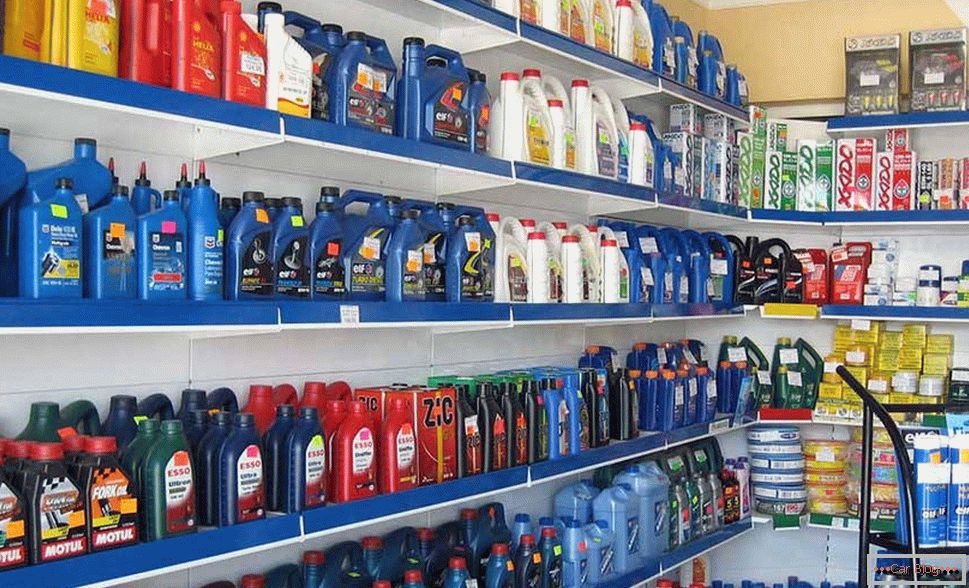
Kinds
For starters, the automaker makes recommendations on what type of oil should be poured into the engines of its cars. This is of great importance, since the violation of this item entails impressive consequences for the efficiency and integrity of the power unit. Therefore, all motor lubricants are divided into several categories:
- mineral;
- synthetic;
- полуsynthetic;
- hydrocracking.
And here there is a logical question about what kind of motor oil to choose. Let's start with the fact that the automaker has already indicated to you what to choose. Break this recommendation is not worth it. But you also need to understand what a particular type of lubricant is.
Mineral
They can also be called petroleum, since petroleum products are used as the basis. Production is based on refining and distillation. This category is divided into:
- naphthenic;
- aromatic;
- paraffin.
Разница заключается в строении углеводов. Для двигателей в основном используют парафиновые минеральные смазки, поскольку у них наиболее оптимальные вязкостно-температурные показатели. Во многом качество минералки зависит от того, сколько серы в ней содержится. Она воздействует на окислительные свойства. Если серы менее 1%, смазка будет медленно изнашиваться и терять свои характеристики. Потому износ двигателя окажется постепенным. Минералка отличается от конкурентов тем, что в её составе применяется много химических добавок (присадок). Они призваны стабилизировать свойства и поведение жидкости при работе в двигателе. Но всё равно износ происходит быстрее, чем у синтетики или полусинтетики. Mineral составы нужно чаще менять. К тому же их рекомендуют заливать только в старые машины с изношенными двигателями, не функционирующими в тяжёлых эксплуатационных условиях.
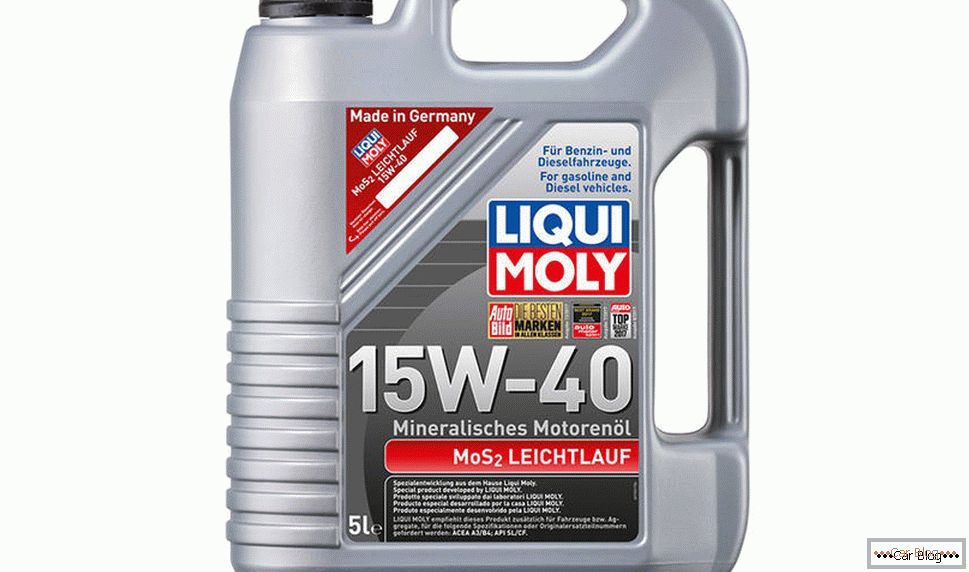
Synthetic
The production process is more complicated. The basis here is completely synthetic, that is, created by artificial means. But it allows you to create the most stable and stable characteristics. Synthetic is not so viscous, which allows it to better pass through the engine lubrication system, reducing friction between the surfaces of the motor. If the load on the engine is medium and heavy, the synthetics form a durable oil film, so the power rises and in parallel the fuel consumption decreases. Good fluidity allows synthetic oils to run cold engines without any problems and work in extreme cold conditions. No mineral water is not capable of this. But for high quality and excellent performance you have to pay. Not all cars are adapted to the use of synthetics. If the automaker does not recommend using this type of oil, you should not break this rule. Otherwise, the lubricant will do more harm than good.
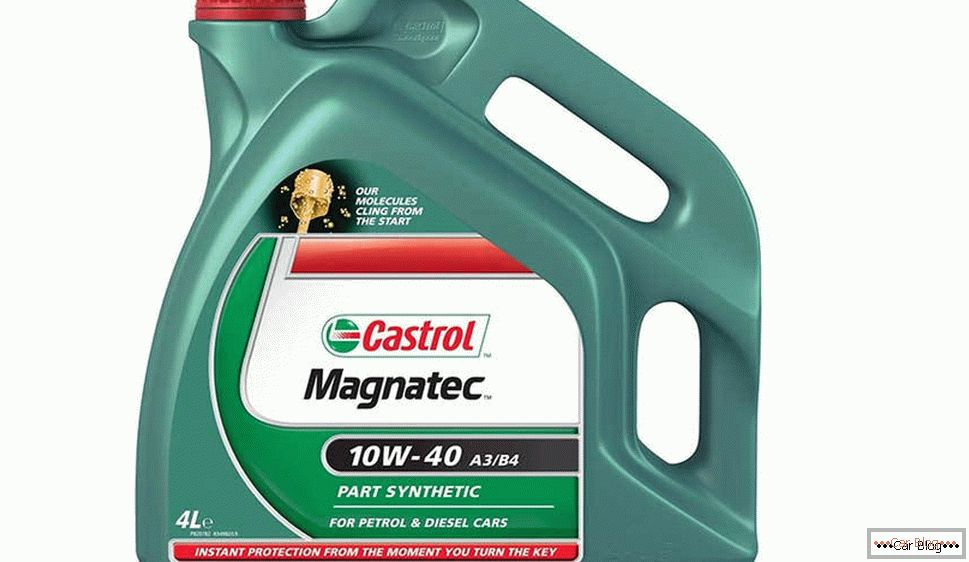
 Discounts for new cars! Profitable loan from 9.9% installments 0%
Discounts for new cars! Profitable loan from 9.9% installments 0%  adom.ru
adom.ru
Semisynthetic and hydrocracking
Semisynthetics is an intermediate option between mineral water and pure synthetics. Such products are obtained by mixing two types of oils. As a result, we get better-quality compounds than mineral greases, at a more attractive price in comparison with synthetics. If we talk about hydrocracking, then this is a relatively new solution in the field of automotive lubricants. Such oils are obtained by special treatment of petroleum products. This allows you to bring the characteristics of the fluid to synthetics at the mineral level. It cannot be called mineral water, since they differ significantly in their properties. Hydrocracking is much better than semi-synthetics, and it costs about the same. Such compositions are still inferior to synthetics, but at the same time in certain situations they become the first choice of a motorist.
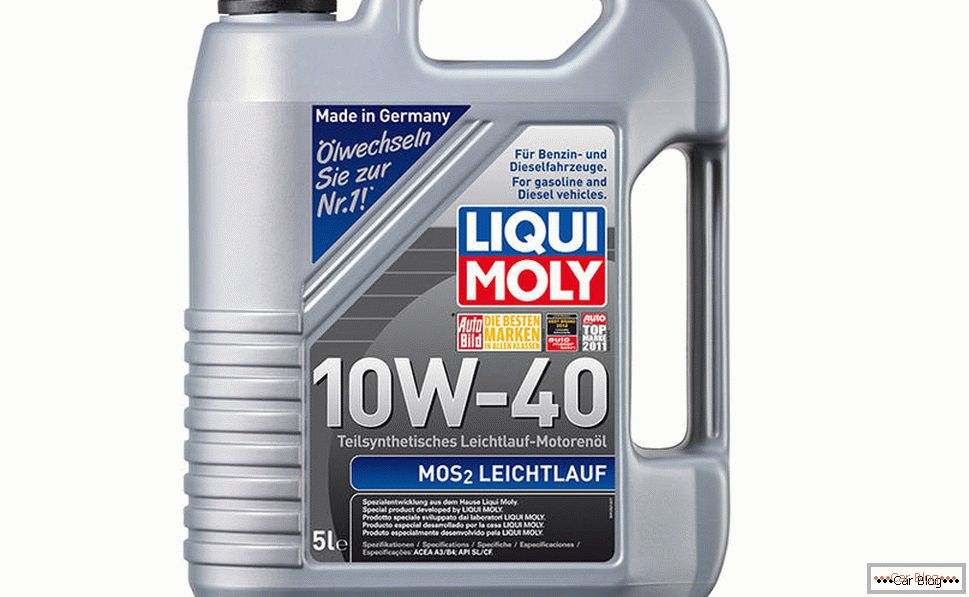
API
All oils are classified by API, dividing them into gasoline and diesel. More recently, a separate category has become relevant, designed for turbocharged power plants, with gasoline and diesel. Oils differ in the number and type of additives used in them. To understand how to choose the right engine oil for your car, you need to understand the marking according to the API standard in more detail. The type of oil is determined by the letter in the marking:
- for gasoline formulations use the letter S;
- if it is diesel oil, then the first letter will be C.
The second letter in the marking indicates for which period of production the lubricant is intended. Plus, it allows you to understand whether the composition is suitable for a turbo engine or not. Marking diesel oils, manufacturers often use the numbers 2 and 4. Everything is simple. So they mean that the liquid is used for two-stroke or four-stroke units. If the oil is universal, that is, suitable for gasoline and diesel engines, then the label indicates a double classification. This can be SG / CD, SF / CC, etc. Letters are listed in alphabetical order in increasing order. That is, the oldest oils intended for engines before 1964 are labeled SC. If it is a lubricant for modern engines, then they will be labeled SL or SM. With diesel trains, the principle is the same.
It is important to remember that when replacing a brand of lubricant, the composition is chosen incrementally if the API value is taken as the basis. Do not use oil on 2 - 3 positions higher than the previous one. If SH is flooded in your car, then the next API will be SJ Immediately switch to SL or SM is not recommended. Early representatives of the classification focused on working with old cars. Because SD does not fit the engines, for which the automaker recommends the use of SL compounds.
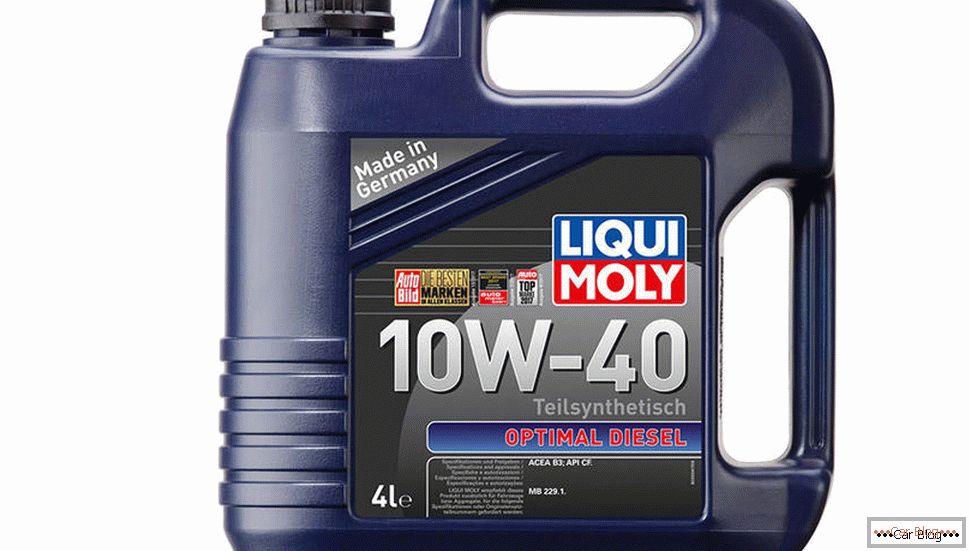
SAE
Experts believe that this classification is more important. This is not surprising, since SAE indicates the viscosity-temperature characteristics of motor oil. In the case of SAE, it is logical to learn how to choose the right viscosity of engine oil for your car. Regulating the lubricant density, the SAE standard plays a key role in fluid selection. Modern motor compositions are mostly universal, that is, they are used equally well in winter and summer. For them, the use of two numbers in the marking with the addition of letters between them is provided. If you have oil 10W30, this means the following:
- you took all-season, that is, universal motor lubrication;
- the letter W indicates the ability to use the composition in winter;
- 10 means at what minimum temperature (negative) the liquid retains its properties unchanged;
- The second digit (30) already speaks of the maximum positive temperature, under conditions of which the characteristics will not change.
There are oils that are intended only for summer or exclusively for winter operation. In the first case, only digital labeling is used after SAE, and in the second, after the number there will be a letter W. Due to this, according to the SAE standard, all oils can be divided into high and low temperature. By low-temperature include:
- 0W - relevant for temperatures from -30 to -35 degrees Celsius;
- 5W - poured at a temperature of from -25 to -30 degrees;
- 10W - working temperature range here is from -20 to -25 degrees;
- 15W - designed for conditions from -15 to -20 degrees;
- 20W - are used if the air temperature ranges from -10 to -15 degrees Celsius.
If we talk about high-temperature, that is, summer oils, they are labeled with these numbers:
- 30 - relevant for temperatures from +20 to 25 degrees Celsius;
- 40 - means temperature range from +35 to 40;
- 50 - applicable at +45 - 50 degrees;
- 60 - this value corresponds to a temperature of 50 degrees or more.
The lower the digital viscosity, the more fluid the lubricant will be. And vice versa. Given these values for winter and summer oils, it becomes clear why most prefer all-season oils. With the climate characteristic of most of the territory of the Russian Federation, there is no excessive frost, but also the temperature does not rise to extreme levels. Plus, you have to rarely change the lubrication in the engine.
ILSAC
In Russia, this classification is not widespread. But it becomes relevant for those car owners who buy cars produced directly in Japan or the United States for the domestic market. Therefore, it will be correct to understand how to select and correctly select motor oil according to this classification. A special standard called ILSAC was developed by American and Japanese manufacturers. This is their own classification. But in fact it is in many ways similar to the European API. Consider an example. The oil, labeled ILSAC as GL2, is a complete analogue of the SJ API. And if you see the GL3 label, then you have a full SL alternative. At the same time, there is a separate class in this standard, dedicated to Japanese-made diesel turbo engines. They are designated JASO DX1.
THAT
Also, many are asking whether it is possible to make a choice of engine oil, based on THAT standards. This is another fairly common classification in Europe that is used by motor oil manufacturers. According to its characteristics, it is almost similar to the API, but according to a number of criteria it is considered more stringent. Gasoline auto-oil is labeled A, and diesel is used for letter B. If it is oil for heavy-duty vehicles, then the letter E will be present at the beginning of the marking, and B and E have 4 levels The letter is followed by a numeric value. The larger it is, the more demanding the standard is in relation to the brand of motor lubricant. If before you A1, then the lubricant is designed for gasoline engines with low friction. If B4, then this is the composition for diesel engines of a long-running type with injection. THAT standards are slightly adjusted based on the make of the car. On modern cars, where there is an electronic engine control system, the highest demands on THAT are made by the German automaker BMW and Volkswagen (including Porsche). And in the executive class, the most demanding are the requirements of Mercedes.
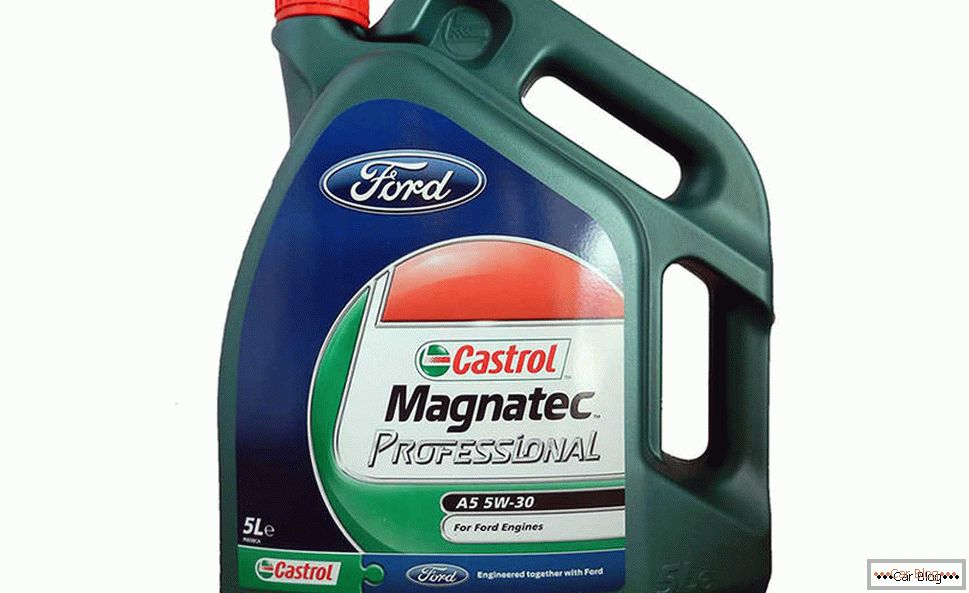
Useful recommendations
Finally, we will give some tips and hints that will allow you to even better understand the features of motor oils, make recommendations to your friends, and make the right, informed choice of lubricant for your own car:
- Old and worn engines. Even if you are ready to invest a lot of money in the car, you should not spend it on the purchase of expensive synthetics. Seals, oil seals and other components may be incompatible with the lubricant, as a result of which the modern composition will begin to corrode them, leaks, etc., are formed.
- Engines of average wear. It is allowed to increase the viscosity, contrary to the recommendations of the automaker. But this should be done very carefully. If according to the documents you should apply the viscosity of 5W30, then you have the full right to fill 5W40. In this case, the oil will be more viscous at low and elevated temperatures. In winter, the engine can run with problems, increase wear. But after warming up, due to a more viscous composition, the engine will start to work quieter and quieter. The oil will cover the internal parts with a protective film, which will keep the motor intact.
- The manufacturer recommends a particular oil. Many auto companies work closely with oil manufacturers. And due to this, in the manuals, they are advised to pour in only the fluids of their partners. This is not just a business, but really the most appropriate mixture, since the compositions were developed specifically for specific power plants. If you decide to switch to another brand, be sure to follow the same recommendations on SAE and API, and flush the engine before pouring a new compound.
- Flushing old engines. Car owners often use flushing compositions for such purposes. But in the case of old engines, where the oil system is heavily contaminated, it is better to replace the flushing with a shorter interval between oil changes. That is, if it is recommended to drain the lubricant every 8 to 10 thousand kilometers, do it in 3 to 5 thousand km. Then increase the interval to 5-6 thousand kilometers, then return to the standard interval. So the system is better cleaned, and the new oil will not mix with the remnants of the washing liquid.
- Topping up. As the engine is operated before the replacement period, it is often necessary to add a little fresh oil due to its gradual consumption. Some people think that if you add some other lubricant, nothing terrible will happen. This is a serious mistake, which is absolutely impossible to admit. You can add only the oil that is now in the crankcase. Only in emergency and emergency situations can this rule be violated. But on arrival at the garage or in the service station, the system is completely cleaned and fresh, suitable oil is poured.
- Интервал между заменами. Обычно водители отталкиваются от значений, которые указывает в руководстве по эксплуатации автопроизводитель. Но зачастую этот интервал рассчитывают, исходя из лёгких условий эксплуатации. Таковых в России практически не бывает. Потому если вам приходится часто ездить по пробкам, совершать короткие поездки и оставлять двигатель на холостых оборотах (длительные простои на светофорах), тогда от указанного промежутка отнимайте несколько тысяч километров. Если в руководстве говорят про 10 тысяч, тогда вам лучше менять масло через 7 – 8 тысяч км. Mineral масла вообще не рекомендуют эксплуатировать дольше 5 – 6 тысяч километров.
- Original oils. With the current skill of scammers who have learned to create identical packaging and labels of high-quality lubricants, almost no one is immune from counterfeiting. Because the oil should always be bought from authorized dealers or in stores that have the appropriate certificates and permits. To buy lubricant in natural markets and at too attractive prices, which the seller explains with shares, is not worth it. There is a high probability that you have counterfeit products.
Choosing the right oil is a true art. But they must be mastered to keep the engine running and to maximize the life of the car.

